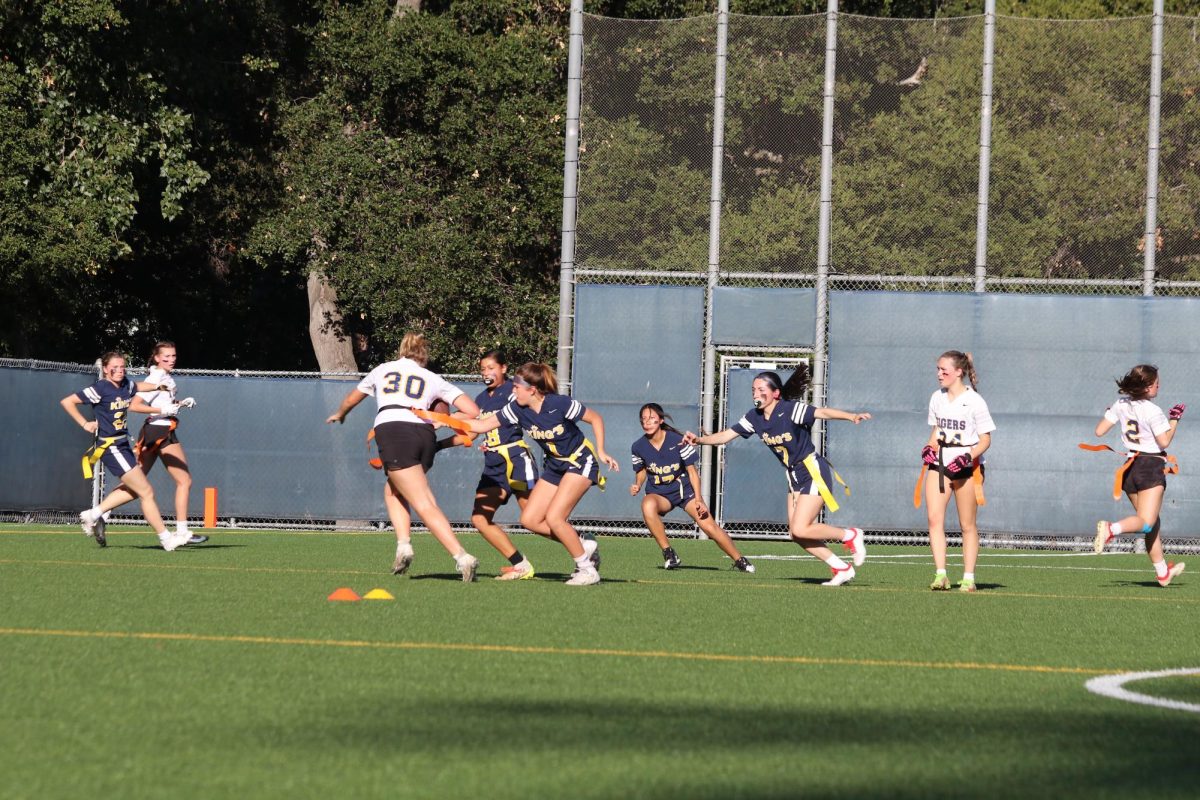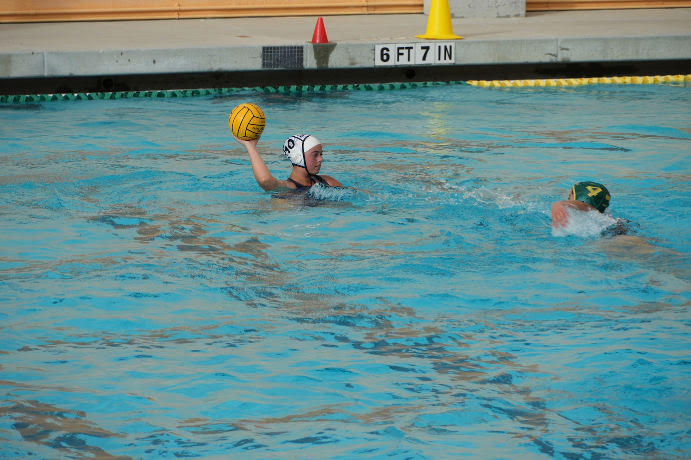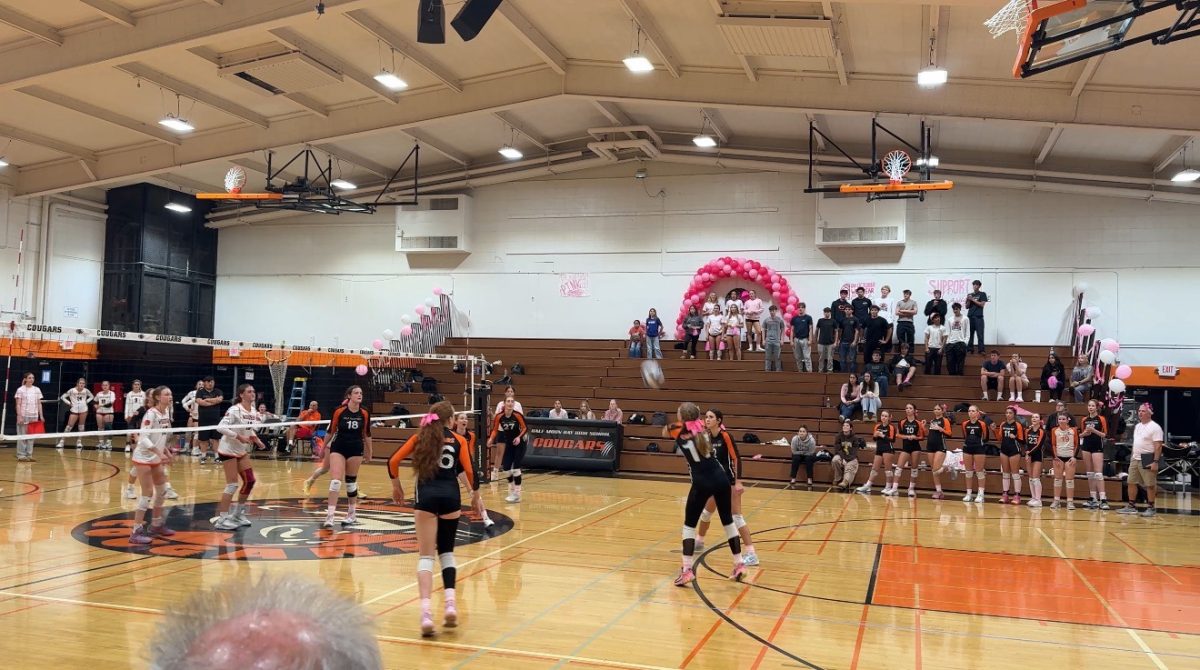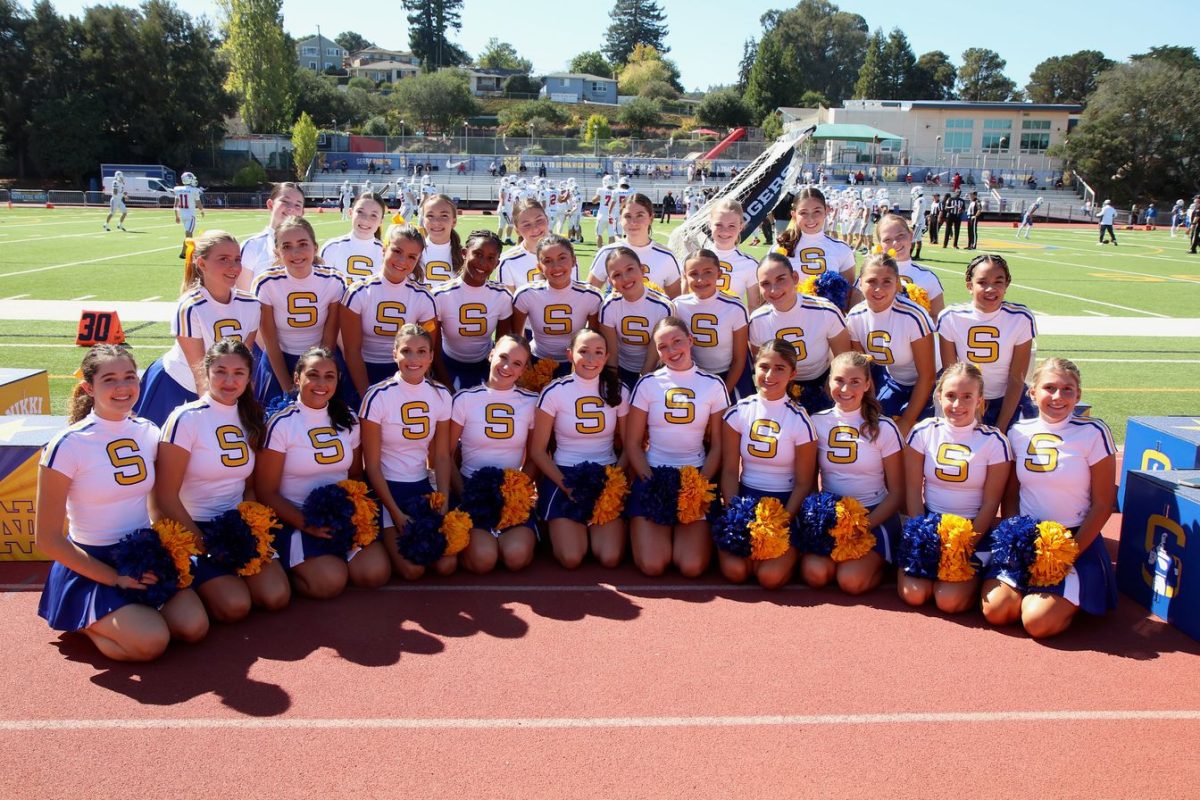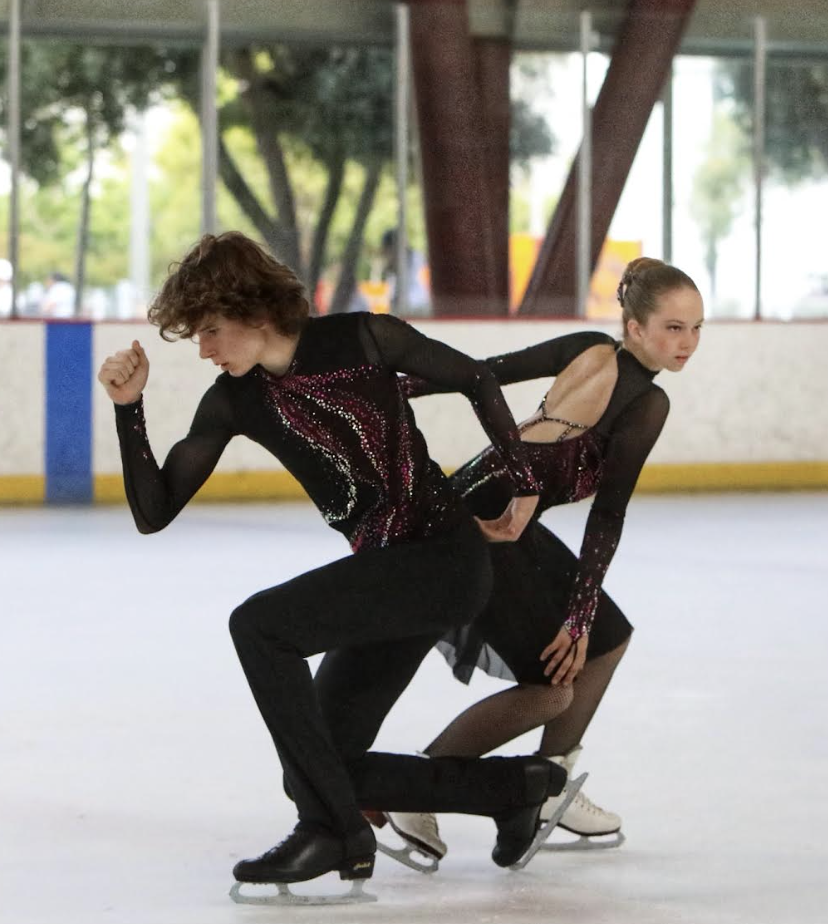For decades, football was seen as a boys-only sport. Times are changing and, since 2023, NDB’s flag football team is rewriting that narrative one touchdown at a time. As more and more girls get excited and take the field, the fast-growing sport is becoming a surprising ally in the fight for gender equality.
“Flag football was introduced three years ago when CIF [California Interscholastic Federation] passed a new sport, and it was between rugby and flag football for girls,” explained Flag Football Coach Will Evans. “The vote for the entire state was flag football.”
In California, around 10,832 girls participated in 2023, its very first season. By 2024, the number increased to 19,921 players across 697 schools. California now contains 29% of all high school girls’ flag football players nationwide.
“[Something] I have seen at the multiple places I’ve coached is girls who have gone out to play flag [football] on an all-boys team and the struggles they had being the only girl,” said Evans.
Football was a male-dominated sport for a really long time, and it still is. Girls played a part on the sidelines as cheerleaders or spectators. Flag football flips that story and gives girls a direct role on the field.
“It just makes me feel like I can do whatever guys can do,” said freshman Kaylee Dieck, who plays JV safety on defense. “Guys aren’t special, compared to girls. It just shows that I’m strong, too.”
She shared a story from her childhood when she picked up a football and started throwing it. Somebody told her to stop because she was a girl. They handed her a softball instead. She feels that by playing flag football, she is proving them wrong.
“I think it’s really shown that girls can play physical games and really succeed at it,” added Evans.
The NDB flag football team has many girls who played the sport before high school.
“There should be more teams in general because I feel like not every school in the Bay Area and, in general, has it yet,” said varsity quarterback and senior Sofia Castricone. “People are still surprised when they hear about it [girls playing flag football].” States like California and Florida have sanctioned flag football as a varsity sport, but many other states haven’t. Getting the states the varsity expansion would mean better funding, coaching opportunities, and visibility.
Flag football’s roots can be traced back to 1933 when the term was first recognized. It gained popularity in the U.S. military during World War II. Flag football was safer for the soldiers; regular football was a risk for injury. After the war, the soldiers brought it back home, and this made the sport spread into the cities. During the 1950s, the very first recreational leagues were formed. In the 1990s the Professional Flag Football League (PFFL) was founded, marking the beginning of the semi-professional era.
In 1972, Title IX was passed, a federal law prohibiting sex-based discrimination. Before this law, girls had limited access to school sports; they had few teams, little funding and barely any scholarships. Title IX forced schools to create equal opportunities in athletics. This resulted in a massive increase in girls’ participation. It also paved the way for sports like flag football to gain support and legitimacy.
Florida was one of the first states that created flag football teams for girls at the high school level. It was mostly a regional sport at the time, with limited visibility across states. Slowly, more local leagues and schools expanded across the country.
The sport was promoted as safer and a more inclusive sport than its sibling, tackle football. The participation of high school girls in flag football has marked noticeable increases every year. In its first season, 68,847 girls played in the 2024-25 season, which is an almost 60% increase from the year before.
How can we tie feminism to flag football? Both feminism and flag football demand that girls be seen, valued, and heard in a space traditionally reserved for men. They challenge outdated norms, empower young athletes, and redefine what leadership, strength and visibility look like for women in competitive sports.
Feminism fights for equal visibility for both genders. All accomplishments should be seen and celebrated. Flag football’s intense rise in popularity causes attention to shift and demands visibility. Things like varsity teams, scholarships and the inclusion of flag football in the next Olympics help demand equal recognition in the athletic world.

